Tourism boom threatens Chàm Island ecosystems
A large area of sea grass on the Chàm Islands, off the coast of Hội An, have been damaged due to the rapid increase in speed boats over the past several decades—another sign that mass tourism and unsustainable development threaten the rich ecosystem on the islands, said Director of the Chàm Islands-Hội An Marine Protected Area (MPA) Centre Trần Thị Hồng Thúy.
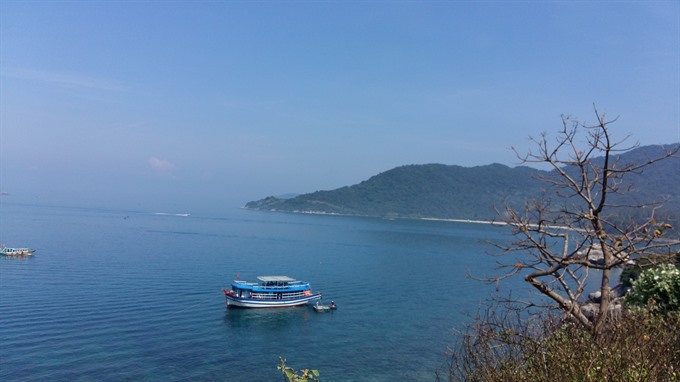
The construction of buildings and resorts has damaged natural beauty at the Chàm Islands, a world biosphere reserve site in central Việt Nam.
Speaking at a conference on the sustainable development and conservation of the Chàm Islands, Thúy said 66 per cent of the sea grass area was destroyed from 2009 to 2018 and only 17ha has been conserved in the area. Meanwhile, 135 speed boats and more than 600 fishing boats had started traversing the waters nearby.
“The excessive speed boats have caused mass damage over a large area of sea-grass off the island and also destroyed safe shelter for marine species and fish. Meanwhile, the number of tourists visiting the islands has increased by a factor of 20 since 2009,” Thúy said.
She said the Chàm Islands hosted 20,000 tourists, of which 10 per cent were foreigners in 2009. The favourite destination received more than 400,000 visitors in 2017.
Thúy said over-fishing as a result of the mass tourism boom also caused serious degradation to the marine environment and a reduction in biopersity./.
“More than 100 restaurants, shops, seafood agents and home-stay services have been built on the islands. Mass buildings and concrete roads had cleared 102ha of special use forest (out of a total 1,500ha forest area) over the past 10 years,” she reported.
A report from the MPA warned that fresh water resources would be depleted soon due to salinisation and over-exploitation from households in the dry season. Meanwhile, an 85,000cu.m reservoir could only be reserved for local residents’ use.
Despite the economic benefits of tourism services, which has brought income per capita to VNĐ37 million (US$1,600), islanders only took home about a third of tourism revenues, while most profits went into the pockets of businesses from the mainland.
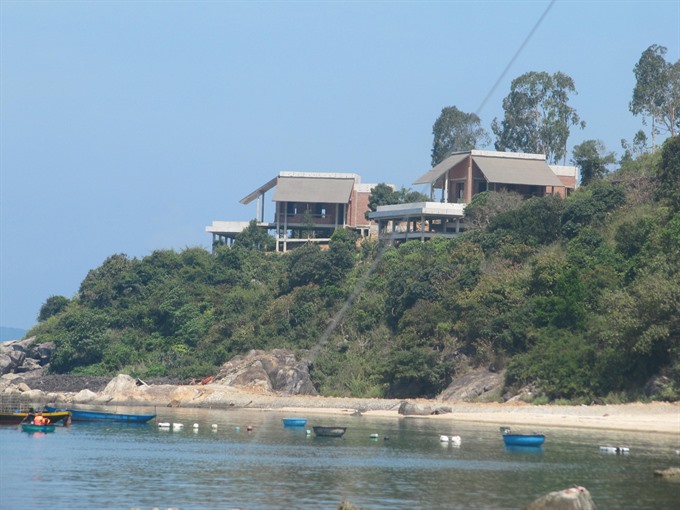 |
The construction of buildings and resorts has damaged natural beauty at the Chàm Islands, a world biosphere reserve site in central Việt Nam. — VNS Photo Công Thành
“The islands have been seen as an ideal site for people escaping the concrete jungle in mainland cities, and tourism has changed the economic structure of the islands as 70 per cent of the population has turned from fishing to tourism services,” Trà said.Trần Lê Trà, an expert from the German development agency GIZ said the Chàm Islands have offered tourism services for too low price– far lower than it could ask for, given the unique value of its nature and status as a world biosphere reserve site.
“With 35 home-stays, the islands only earned VNĐ728 million ($32,000) from providing services for 12,000 tourists in 2017, meaning that each tourist spent only VNĐ60,000 for their stay on average,” he explained. That figure is extraordinarily low compared to the amount tourists spend to stay at other national reserve areas, he added.
Trà said it seems that the Chàm Islands have been trying to lure many tourists rather than offering luxury services. Mass tourism creates a big challenge for the world biosphere reserve site in trying to balance nature conservation with tourism revenue.
He suggested that the MPA management board should be empowered to deal with environmentally damaging businesses.
“The Chàm Islands do not need luxury resorts or hotels, but it needs more investment in nature conservation with safe and hospitable tourism services. The islands should only offer tourism products and services that do not damage marine and forest biopersity,” he said.
Director of Quảng Nam Province’s Department of Science and Technology Phạm Viết Tích said the islands should triple entrance fees from VNĐ80,000 ($3.5) to eliminate mass tourism.
He said it needs to limit the number of tourists visiting the islands each day to ease the burden of supplying fresh water and seafood for numerous of tourists.
Bùi Thị Thu Hiền from the International Union for Nature Conservation (IUCN) said that the Chàm Islands has a small core zone for strict protection that comprises only 1 per cent of its total area, while most of the world’s other biosphere reserve strictly protect at least 30 per cent of their total area. She said illegal fishing was seen in the core zone of the Chàm Islands, and fewer actions have been taken to control illegal fishing in the no-fishing area.
The Chàm Islands-Hội An World Biosphere Reserve on over 33,000ha was recognised by UNESCO in 2009. It has 1,500ha of tropical forests and 6,700ha of sea featuring a wide range of marine fauna and flora.
The islands are the only location in Việt Nam promoting the non-use of plastic bags and the “3Rs” (reduce, reuse and recycle) programmes since 2011.
The islands, which include eight islets with 3,000 inhabitants, are seen as the top site in Quảng Nam Province after the UNESCO-recognised world heritage of Hội An ancient town and Mỹ Sơn Sanctuary./.
( VNF/VNA )
Recommended
 National
National
Vietnam News Today (Jun. 2): Vietnamese Trade Mission Sounds Out Business Opportunities in United States
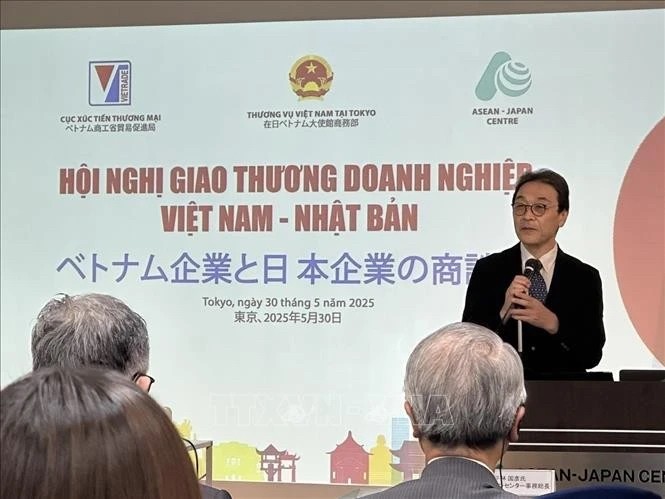 National
National
Vietnam News Today (Jun. 1): Vietnamese, Japanese Firms Foster Partnership
 National
National
Vietnam News Today (May 31): Vietnam Strongly Supports Laos’s National Development
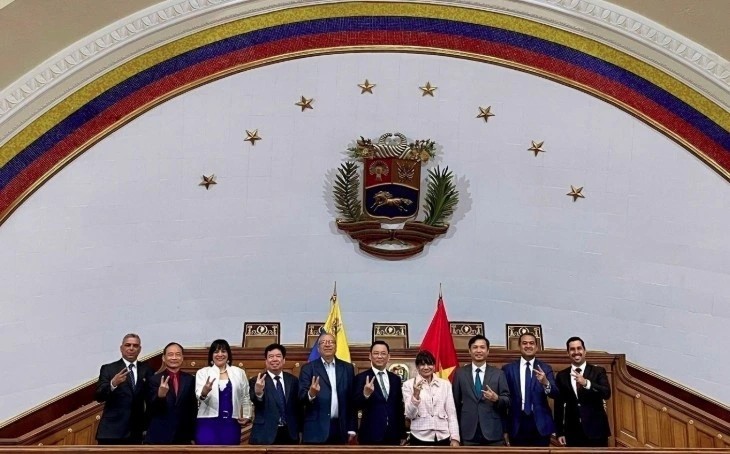 National
National
Vietnam News Today (May 30): Vietnam, Venezuela Reinforce Ties Through People-to-people Diplomacy
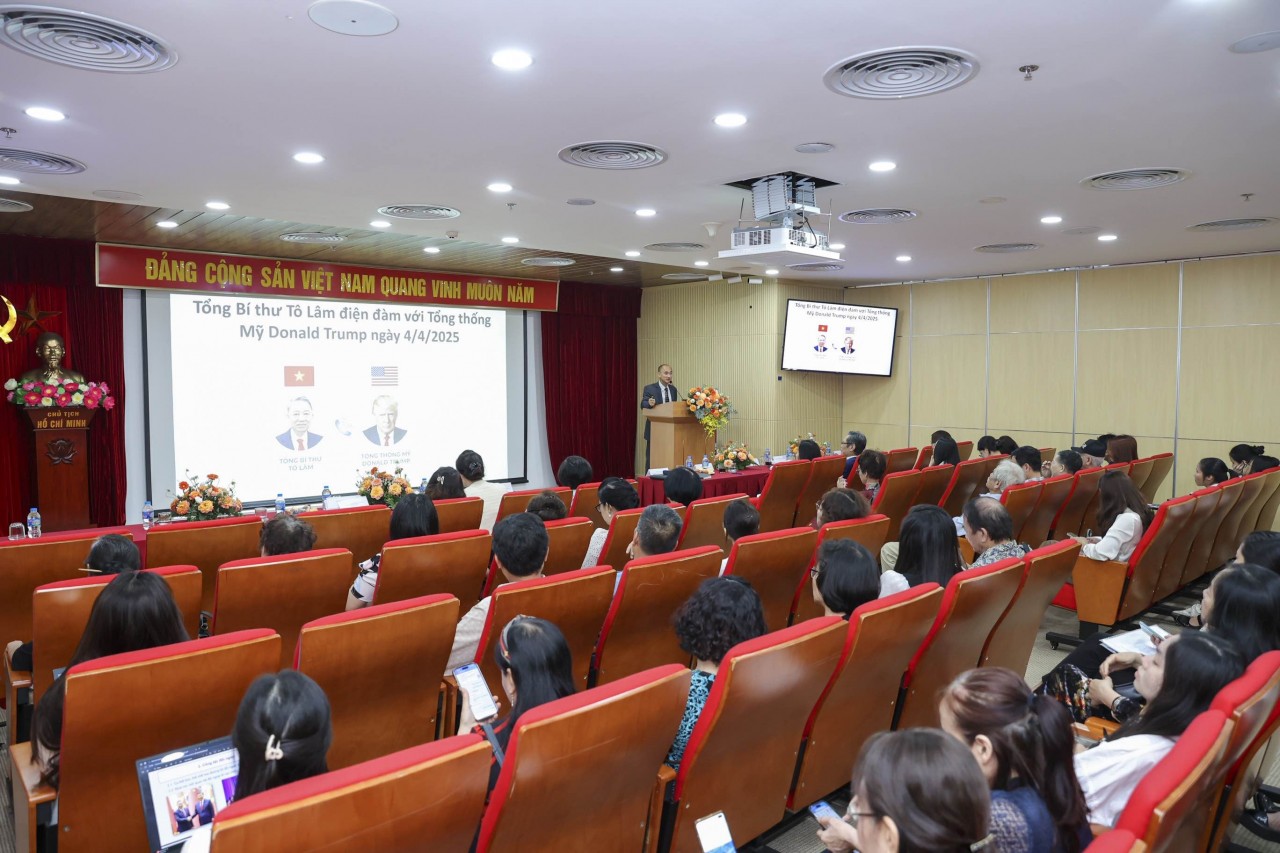 National
National
Vietnam News Today (May 29): Vietnam and Hungary to Expand Cooperation into New Areas
 National
National
Vietnam News Today (May 28): Vietnam and China Discuss Strategic Cooperation Orientations
 National
National
Vietnam News Today (May 27): Vietnam Treasures Multifaceted Collaboration with France
 National
National
